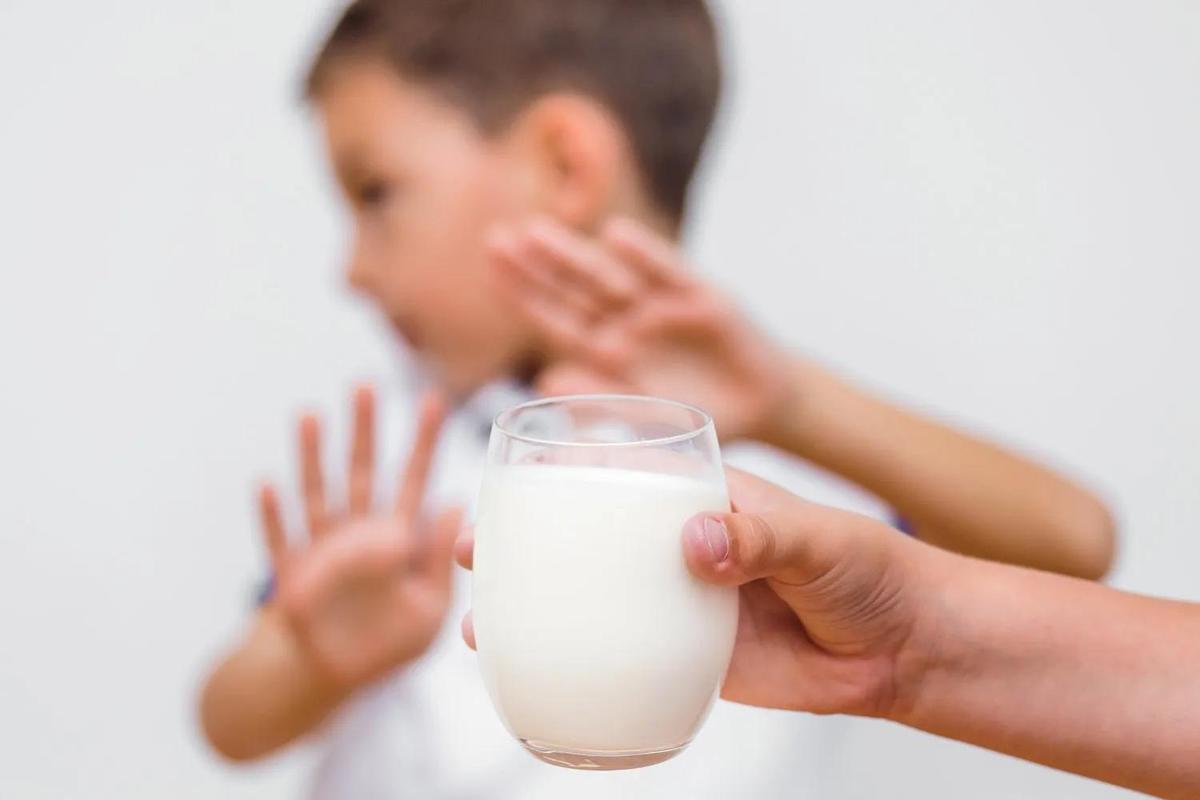nutrition
The lactoseThe lactose
What’s the lactose?
The lactose is a carbohydrate that we find in animal origin milk, as the cow milk, the goat one, the sheep one or even in the breastmilk. On average, 100 ml of milk contains 4 to 5 g of lactose.
The lactose is made up of two molecules: a molecule of glucose and a molecule of galactose. It’s an enzyme, the lactase dehydrogenase, which allow us to digest the breastmilk from birth by separating these two molecules. Nevertheless, the lactase activity will naturally decrease over time, in a more or less important way, which leads to the fact that some people can no longer digest high quantities of milk in adulthood. This natural diminution is amplified by a diminution of the dairy products consumption with age.
Where can we find lactose?
We find lactose in every dairy product: milk, yoghurts and white cheese or even cheese (in lower quantities in refined cheeses). But not only: the lactose is also present in cold cuts and in the excipients of some medicines (about 20 % of medicines).
What is lactose intolerance ?
The lactose intolerance is the bad digestion of the sugar naturally contained in dairy products. The lactose isn’t transformed by the body and therefore hard to assimilate: it will ferment in the intestine and induce des digestive pain.
The lactose intolerance appears generally at a certain age, when the organism no longer produces enough lactase to assimilate the milk well. Indeed, it’s from 18-20 years old that this enzyme production decreases.
Pascal Nourtier, nutritionist in London, helps the patients to improve their digestion and their lactose intolerance. It’s also possible to lose weight while being lactose intolerant.


